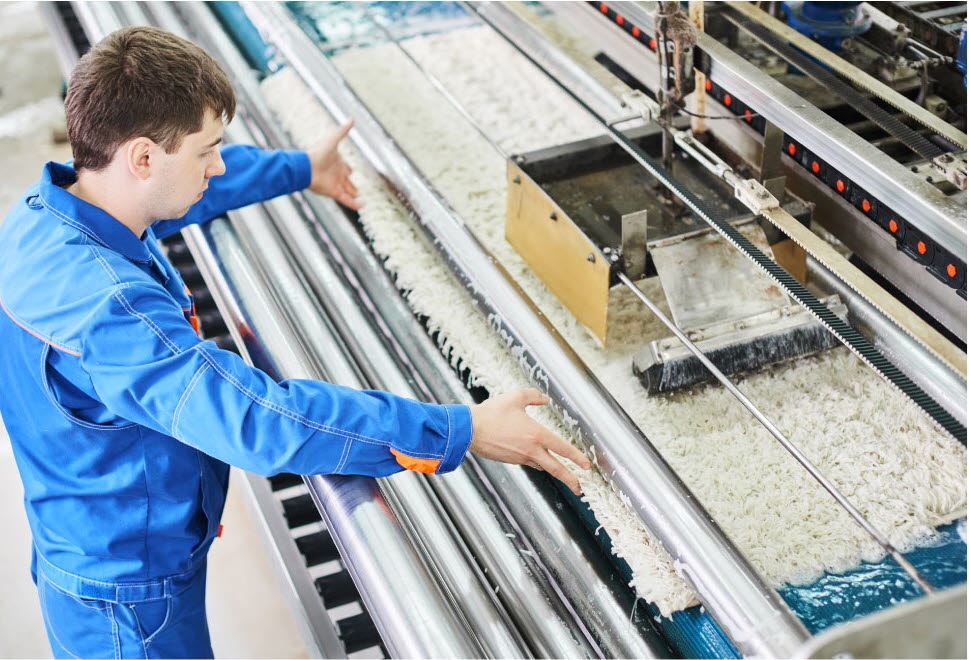Nor Tekstil is a national laundry company with 17 laundries around Norway. Total annual energy demand is approximately 90 GWh corresponding to 3500 houses. Much of the energy is used for steam production for the washing and drying processes. Excess heat from these sub-processes are today lost to the surroundings through excess steam. By replacing some of the fossil fuel steam boilers with high temperature heat pumps, the greenhouse gas emissions are reduced considerably in addition to reduced energy use by utilization of surplus heat internally in the processes.
Norwegian Blog: Kan kjent bilmotorteknologi brukes i industrielle vaskerier?
CleanTex is an innovation project for the industry with funding from the Research Council of Norway in 2018.
The project is co-financed with Nor Tekstil, EPCON Evaporation Technology, Stenor and Jensen Norge, and the research partners are SINTEF Energi and NTNU. The project is planned terminated in 2021, and will be led by SINTEF Energi and Nor Tekstil will be project responsible.
The main goal is to develop a concept for a more energy efficient and environmentally friendly laundry industry by using energy and cost-efficient heat pumping technology. Excess heat from the drying processes are identified as valuable waste heat, which can be uprated and utilized within the processes. During the drying process, water is evaporated from the textiles at the drying ironers in the plant. The steam from this drying process could serves as a heat source for a high temperature heat pump. Turbo-compressors can be used to replace to increase the temperature and pressure level at the excess steam, which then can be used to replace the steam produced by fossil boilers. As a result, both the energy consumption and the greenhouse gas emission is reduced, in addition to reduction in operating costs.
The project has started considering different concepts for the laundry, and measurements are currently running to map the different potential waste heat potentials. The measurements will continue during 2018, while early next year will be used to evaluate specific solutions to heat recovery and upgrade.
Partners:
- Nor Tekstil AS (project responsible)
- EPCON Evaporation Technology AS
- Stenor AS
- NTNU
- SINTEF Energi

